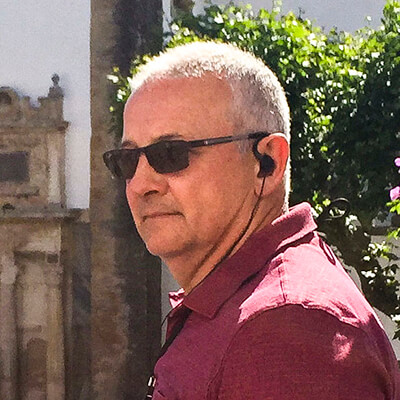A TFSA with too much of a good thing
Randy saw big gains in his TFSA after the financial crisis. But is his portfolio too concentrated?
Advertisement
Randy saw big gains in his TFSA after the financial crisis. But is his portfolio too concentrated?

Randy FosterAGE: 60 PLACE: Chatham, Ont. TFSA TOTAL: $81,555 STRATEGY: Mostly banks and financials with some energy stocks |
Sign up for our Investing newsletter »
In fact, as Randy begins his 60s, wants to start getting more fixed income investments into his TFSA. “My RRSP is 90% in equities and I’m okay with that, but with the TFSA I hold a one-year cashable GIC that’s paying 1% as well as some preferred shares,” says Randy. “I’d like to up that fixed income portion over the years.”
His TFSA is also invested entirely in Canadian stocks. Overall he considers himself a pretty conservative investor.
“When I bought my first stock, the Bank of Nova Scotia shares in 2010, I decided then and there that I wasn’t going to touch this money,” says Randy. “Eventually I will transfer this money to my RRSP and then on to my RRIF.”
He also has an RRIF already that he withdraws the limit of just less than 5% from every year—which works out to about $7,500 annually. “This is the money I use to travel,” says Randy. “I have a paid off house and cottage so I’m doing fine. I’ll probably never use the TFSA money completely, but it’s a nice problem to have.”
Build a simpler, more diversified portfolio
“It’s great that Randy doesn’t need the money,” says John De Goey, a portfolio manager with iA Securities in Toronto. “As such, his time horizon is long and—notwithstanding his age—the money can be invested more aggressively.” Still, Randy’s portfolio is much too concentrated. “Not only is he heavy in Canadian stocks, he’s heavy in Canadian financials specifically,” says De Goey. “He should lighten up on financials and get more exposure outside of Canada. I know that this sounds like a recording, but investors need to diversify geographically.”
Foster look globally for some holdings and perhaps have a value bias, suggests De Goey. “Something like a 30% holding in VVL (Vanguard Global Value Factor ETF) would round out his holdings,” says De Goey.” To do so, Foster should consider keeping just one of his bank stocks as well as one other stock. After these changes, his portfolio would be broken down 33% in one bank stock, 33% in one of the other non-bank stocks he holds (his choice) and the remaining 33% in VVL (Vanguard Global Value Factor ETF). “This will eliminate the Canadian bias but also give him a simpler, more diversified portfolio,” says De Goey.
Share this article Share on Facebook Share on Twitter Share on Linkedin Share on Reddit Share on Email